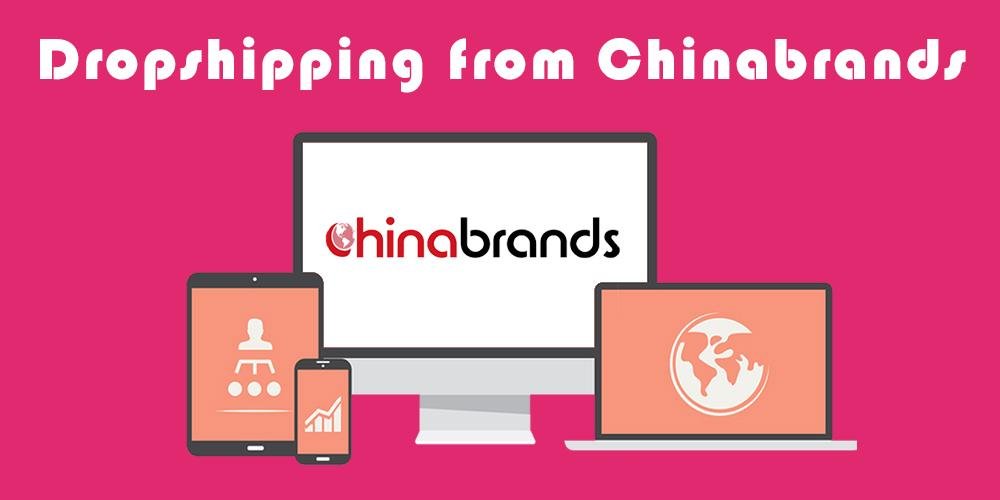10 Tipes for Building a Personal Brand & Boost Your Career

What is a Personal Brand?
A personal brand is, in many ways, similar to a corporate brand. It is who you are, what you stand for, the values you accept, and the way in which you express those values. Just as a company’s brand helps to communicate its value to customers and stand out from the competition, a personal brand does the same for individuals, helping to communicate a unique identity and clear value to potential employers or clients
“Personal branding is one’s story.” It’s a better way to describe what is the personal brand.
That story can play an important role in establishing or boosting your career. In fact, an overwhelming 85 percent of hiring managers report that a job candidate’s personal brand influences their hiring decisions. Your personal brand should highlight your strengths, establish a reputation, build trust, and communicate the unique attributes that you bring to your current (or desired) industry. Cultivated well, your personal brand will signal to employers whether or not you’ll be the right fit for an open role. Tips for building your personal brand
Developing a personal brand might sound challenging, but there are incremental steps you can take to build credibility in your field. Here are ten tips to help you create an authentic personal brand—and amplify your career in the process.
Ten Tips for Developing Your Personal Brand

1. Figure out who you are.
In order to build a personal brand that accurately reflects your personal and professional identity, you first need to know who you are. Be introspective, and create a list of your personal strengths and weaknesses. Ask yourself:
- In which areas of work do I stand out?
- What motivates me?
- What characteristics have others complimented me on?
- Which projects have others had to help me with repeatedly?
- Which roles seem to drain my energy?
- Which projects can I spend hours on without feeling overwhelmed or tired?
If you’re “fighting” to answer these questions, ask friends, family, and co-workers how they would describe you. Once you’re more aware of the different facets of your personality, you can decide how best to brand them.
Keep in mind that many people struggle to choose a specific niche because they don’t want to limit themselves. Realize that your personal brand, like many corporate brands, will change as your career grows. The best strategy is to choose a particular area you’d like to focus on and let it evolve over time.
2. Determine what you want to be known for.
Your personal brand is more than a reflection of who you are today; it’s a roadmap of where you to go. In addition to understanding your existing skills and competencies, evaluating your strengths and weaknesses as they relate to whichever industry or career you want to break into next.
By doing this, you’ll uncover the skills and traits that make you distinct, as well as the areas where you need to improve or gain new knowledge in order to advance. Forecasting where you want to be in five or 10 years—and the attributes you want to be known for—can help you better determine what steps you need to take in order to get there.
3. Define your audience.
Before you start crafting your personal brand, you also need to determine who you’re trying to reach. Is it other industry thought leaders? An individual at a particular company? Recruiters? The sooner you define the audience, the easier it will be to craft your story, because you’ll better understand the type of story you need to tell (and where you need to tell it.)
For example, if your goal is to reach hiring managers and recruiters, you might start by creating or updating your LinkedIn profile. Why? Because 92 percent of recruiters leverage social media to find high-quality candidates and, of those, 87 percent use LinkedIn.
On the other hand, if you are a graphic designer trying to impress existing clientele and attract new customers, you might choose to tell your story via a personal website or portfolio, where you can better express your wide range of talents.
4. Research your desired industry and follow the experts.
“Find out who the thought leaders are in whatever field you’re interested in, and don’t just follow them,”.
“Go online and find out if they have blogs, or where they contribute their thinking. Look for people who are successful and examine what they’re doing. Imitate them, and then do one better.”
In building a personal brand, your goal is to stand out—but you can’t rise to the top without taking inventory of who’s already there.
5. Ask for informational interviews.
As you start forming a list of companies you aspire to work for and industry leaders you admire, consider reaching out to these professionals to ask for an informational interview.
“Don’t be afraid to ask anyone you’re interested in learning more from. You’d be surprised by how genuine and generous people are.”
When you meet with these individuals, ask questions that can help you garner new insights about your desired field, such as:
- How did you break into the industry?
- What steps would you take if you were to make the transition all over again?
- How do you see the industry evolving?
- How do you stay up-to-date with industry trends?
- Are there any professional or trade associations I should join?
Informational interviews come with an added benefit: “You’re learning about what it takes to get into the profession, but you’re also sharing in the course of this dialogue a little bit about yourself. What you’re doing is building your brand.”
Although there might not be a job on the line in one of these interviews, one day there could be—and you want that employer to think of you when he or she is envisioning the ideal candidate.
6. Prepare an elevator pitch.
As you begin to conceptualize your personal brand, spend some time crafting an elevator pitch—a 30- to a 60-second story about who you are. Whether you’re attending a networking event or an informal party, having an elevator pitch prepared makes it easy to describe succinctly what you do and where you’re going (or would like to go) in your career.
“You need to come up with very short, concise things to say—stories to tell—that frame your attributes in the right light,” says Frank Cutitta, founder of the Center for Global Branding and a Northeastern University graduate professor who teaches a course on personal branding.
Keep your elevator pitch brief by focusing on a few key points you want to emphasize. This could include that you’re looking for a new position, have strengths in a particular niche, or recently increased the value of your current department or company.
7. Embrace networking.
As you cultivate your ideal personal brand, it’s important to network regularly to grow your professional circle. Connect with peers and industry thought-leaders by going to formal and informal networking events.
The more connections you make—and the more value you can provide in your interactions—the more likely it is your personal brand will be recognized. And, considering 85 percent of all jobs are filled through networking, regularly attending these events will help you not only build your brand but potentially advance your career, too.
At these events, don’t be shy about asking fellow attendees to meet again for an informational interview or a casual coffee chat. And remember, if you don’t get a chance to connect at the event, reach out via email or LinkedIn to spark a conversation.
8. Ask for recommendations.
Having current and former colleagues and managers endorse you is one of the easiest and the most effective ways to define your personal brand, allowing others to communicate your value for you.
LinkedIn is a great place to ask for endorsements because these recommendations will likely catch the eye of future hiring managers. But don’t forget to ask the people endorsing you to act as an actual reference during your job search, being sure they’re willing to speak with a potential employer or write a bonafide letter of recommendation if needed.
Not sure who to ask? Former managers who mentored you closely are ideal, but other connections can also craft effective recommendations, including professors and leaders of organizations you belong to.
9. Grow your online presence.
One of the most important aspects of personal branding is making sure your online presence is engaging to hiring managers, co-workers, and others—even if you’re not on the job hunt.
With so many different social media tools available today, your online presence will likely look different depending on the medium you choose. While your story should match across all platforms, once you know where your targeted audience is most likely to turn, you can redouble your efforts in telling your best story there.
Additionally, if you want one of your sites or profiles to be exclusively for friends and family, adjust your privacy settings to ensure that potential employers don’t stumble upon any information that could potentially harm your chances of landing a job. Here are some platform-specific tips to help you effectively craft your personal brand online.
10. Remember that your personal brand isn’t just online.
Your brand is more than just an online persona; it’s how you carry yourself at home, in the office, and even on your daily commute.
Leadership isn’t reserved for C-suite executives. Strong leaders exist at every level of the organization.
“Leadership comes from how you behave, how you act, and how you inherently interact with people,” Gresh says. “That’s real leadership.”
As the digital ecosystem changes and your career evolves, so will your personal brand. Adjust your persona accordingly as you meet different people, find new networking opportunities, and grow in your career. As long as it reflects your professional life, don’t hesitate to create a brand that lets you shine.
Follow these steps to improve your personal brand.
- Research and create your personal branding statement: Define your audience at this stage and audit competitors that may exist for you.
- Build a personal branding strategy: Plan how to engage with your target audience and define what success will look like for you in two months, nine months, two years.
- Monitor your personal brand engagement: Promote positive participation and have a plan of action for negative remarks.
- Develop your personal brand: Aim to share your personal brand through social media, networking, outreach, and speaking opportunities. Consider blogging, vlogging, podcasts, and other ways that you could promote your personal brand in a way that your audience will consume the content quickly.
- Have a communication plan: Controlling your presence online can be time-consuming so this plan will help you with negative backlash and help you to easily provide information to partners that you will work with down the line. Measure your success regularly: Set some KPIs for personal brand success so that you know you are heading in the right direction. Celebrate even small wins to remain motivated to achieve more.
What did we write about?

Are Chinabrends Good Dropshipping Platform?
Dec 28, 2022



